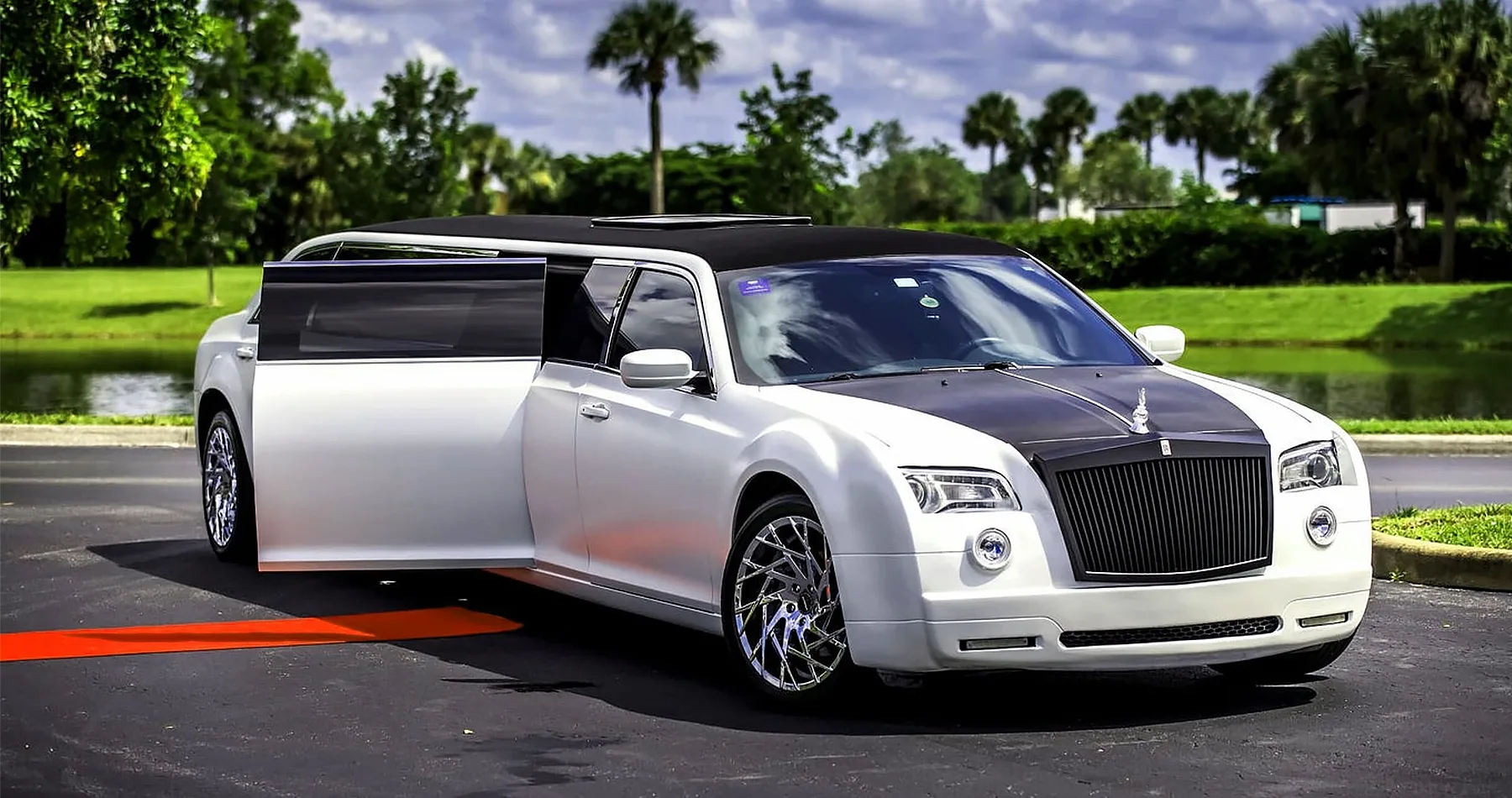When was the limousine invented?
The history of the limousine is as fascinating as the vehicle itself, stretching back centuries past, evolving from humble origins into the epitome of luxury and sophistication in modern transportation.
The concept of a limousine-like vehicle has roots that trace back to the days of horse-drawn carriages. The word “limousine” finds its etymological roots in the French region of Limousin. The story goes that in the 18th century, the shepherds of Limousin wore a type of hooded cloak that bore a resemblance to the covered compartment of early carriages. Because of these parallels, the word “limousine” came to refer to carriages with enclosed passenger compartments.
Unveiling the Evolution of the Limousine, a Century of Elegance and Opulence
It is possible to date the invention of the contemporary limousine to the early 1900s. In 1902, a French coachbuilding company named Landaulet designed a vehicle that featured a separate compartment for the driver and a covered passenger compartment. This vehicle set the stage for what would become known as the “limousine,” characterized by its elongated design and luxurious amenities.
However, it was in the 1920s when the limousine truly began to take shape as a luxury automobile. Automobile manufacturers such as Rolls-Royce, Cadillac, and others started producing cars with extended wheelbases and luxurious features. These cars provided more space and comfort for passengers, catering primarily to the affluent class.
The Cadillac Fleetwood’s Impact on the Limousine’s Journey Through the 20th Century
The 1930s saw the debut of the Cadillac Fleetwood, a turning point in the history of the limousine. The Fleetwood established the benchmark for limo design in the future and came to represent luxury and comfort. Its spacious interior, elegant exterior, and advanced features solidified the limousine’s reputation as the pinnacle of luxury transportation.
Throughout the 20th century, limousines continued to evolve. They underwent considerable customization to accommodate the wide range of requirements and tastes. Features such as minibars, entertainment systems, privacy partitions, and sumptuous interiors became synonymous with these luxury vehicles.
The limousine also became closely associated with VIP transportation, often used by celebrities, politicians, and dignitaries worldwide. Its allure and exclusivity contributed to its status as the preferred mode of transportation for those seeking comfort, prestige, and privacy.
Limousines Adapt: Tech Trends and Changing Tastes Reshape Luxury Travel
In the latter half of the 20th century and into the 21st century, technological advancements and changing consumer preferences began influencing the design and functionality of limousines.
Moreover, the concept of stretch limousines gained popularity during this time. These vehicles, extensively modified and elongated for increased passenger capacity, became a common sight at special events like weddings, proms, and corporate gatherings. Stretch limos, which serve groups looking for an elegant and shared travel experience, have come to represent celebration and luxury.
In recent years, the limousine industry has undergone further transformations. The advent of ride-sharing services and luxury transportation apps has provided consumers with alternative options for upscale travel experiences. Limousine services have adapted to remain competitive, offering personalized and unique services to cater to the evolving demands of their clientele.
In summary, the limousine has transformed from its modest beginnings in the early 1900s into a status symbol of elegance, luxury, and refinement. Its historical trajectory reflects developments in luxury design, vehicle engineering, and shifting social mores. The limousine continues to be a timeless symbol of elegance in the transportation industry, from its affiliation with the affluent to its extensive employment in several celebratory and official capacities.
